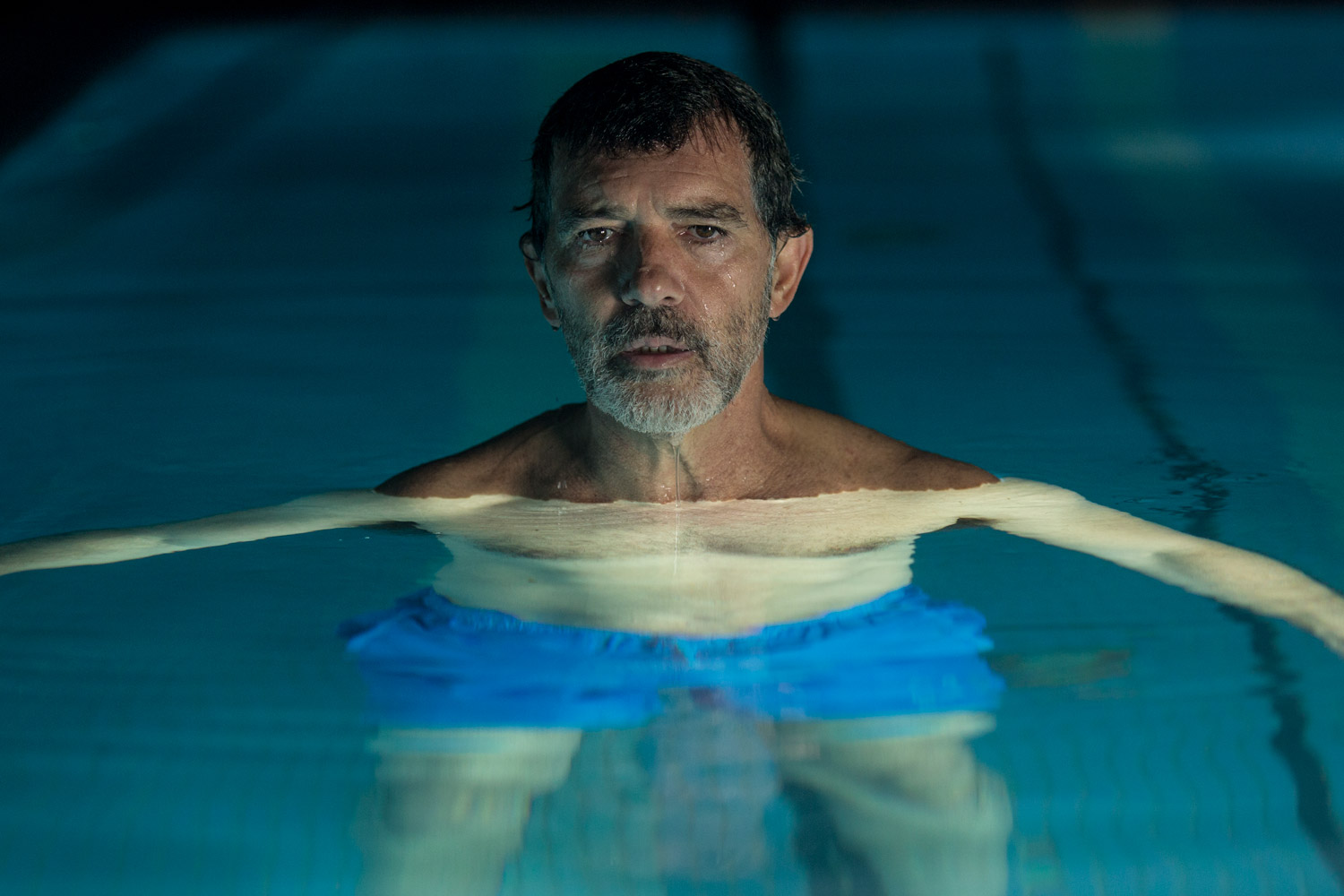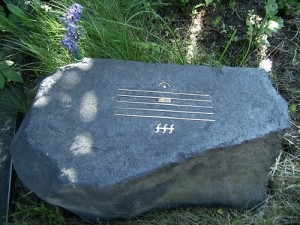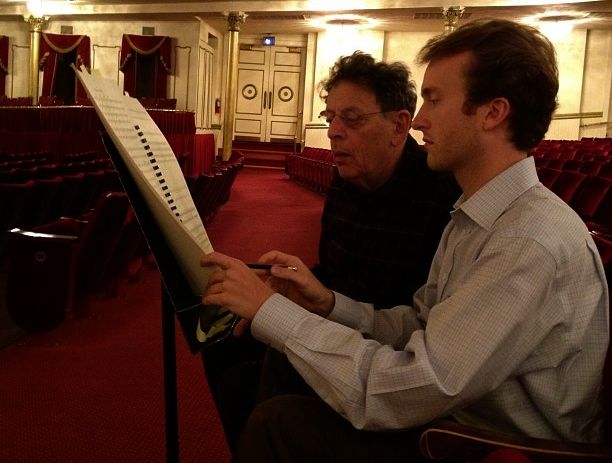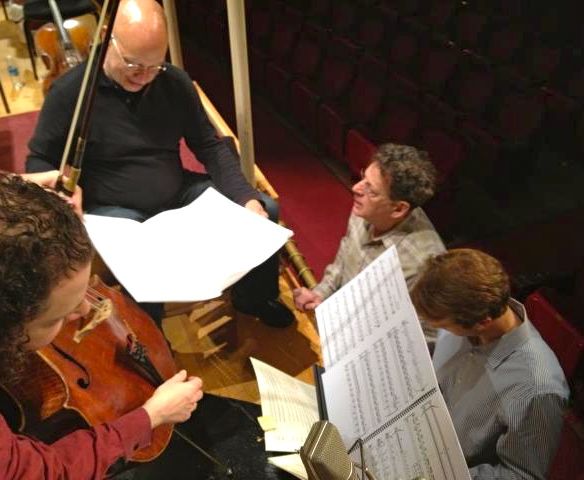It’s impossible to see an Almodóvar film and not come away a) raptured and b) contemplating what it means to create art and to live as an artist, and Dolor y Gloria gives more fodder to the latter than any of his films for at least a decade.

I’d heard that this was “a return to form” or a “comeback” (both impossible: Almodóvar has never lost his way.) I’d also heard it was a new direction for him, a departure from his earlier films, and here I also disagree: it is a deeper exploration of themes and techniques that have been a consistent part of his work for decades:
Mother-son relationships. The art of filmmaking. Self-medication via illicit drug use. Stories told in several temporal layers. Rural Catholic education. Young boys singing and reading. Unrealized desire. Hospitals and death. City/village life. Theatrical performances (featuring audience members crying.)
There’s also the cast, including Penélope Cruz, Antonio Banderas, Cecilia Roth, and AugustÃn Almodóvar’s obligatory cameo. And certain stylistic elements that make Almodóvar Almodóvar, particularly his bold use of color and the inclusion of fine art in almost every shot. And let us not forget the unforgettable music of Alberto Iglesias.
What’s amazing is that, given the consistency of the tropes, themes, and tone palette with which he builds his films, each one crystalizes in a unique way, based on the weighting each element receives.
[A side note: I’ve been thinking a lot about this lately as I’ve deepened my appreciation of the music of Herbert Howells. Just think about how many times he set the phrase, “my soul doth magnify the Lord.” He uses similar melodic gestures and harmonic structures in all his canticles, and yet, some sound ancient and ethereal, others bluesy and grounded.]
Most importantly, the film offers a beautiful answer to the question “why do we create?” Put simply, it’s for the physical and mental health of the creator.
That’s an answer that I resonate with deeply. I’ll never reap fame or fortune from writing music. I feel lucky to have a handful of friends and family who remain curious about my work, and to obtain the odd commission or sale. I think the music I write is pretty good, but I’m under no illusion that any of it is groundbreaking or life-changing.
What I do know is that when I’ve gone too long without composing, I fall into bad habits, and my body and my soul cry out to me to begin work on a new piece. (Thankfully my vice is eating too much vegan junk food rather than smoking heroin, but we all take our kicks where we can get them.)
Which means I should stop typing and start plunking out notes on the piano. But before I go, two recommendations:
- Peter J. Schmelz’s Alfred Schnittke’s Concerto Grosso No. 1 from Oxford University Press.
- The film Tous les matins du monde (which I’m sure I’ve written about on this blog before) which answers the “why do we make art” question differently: to communicate with the dead.


